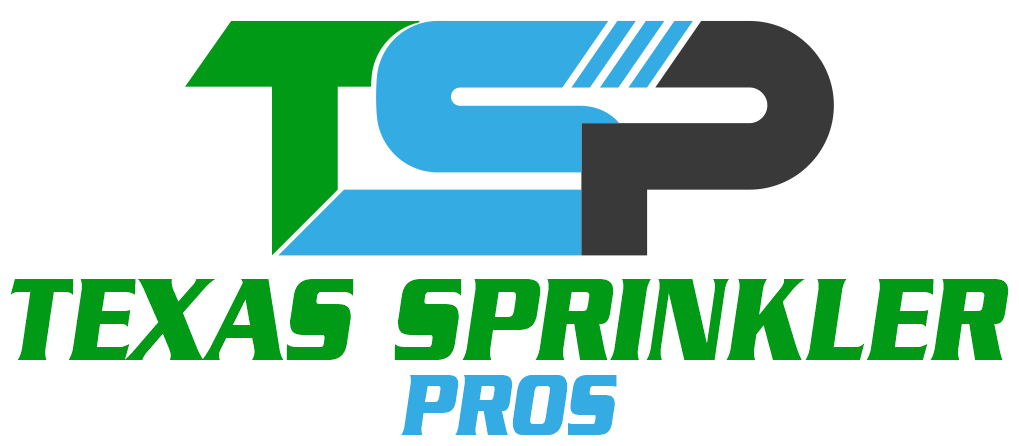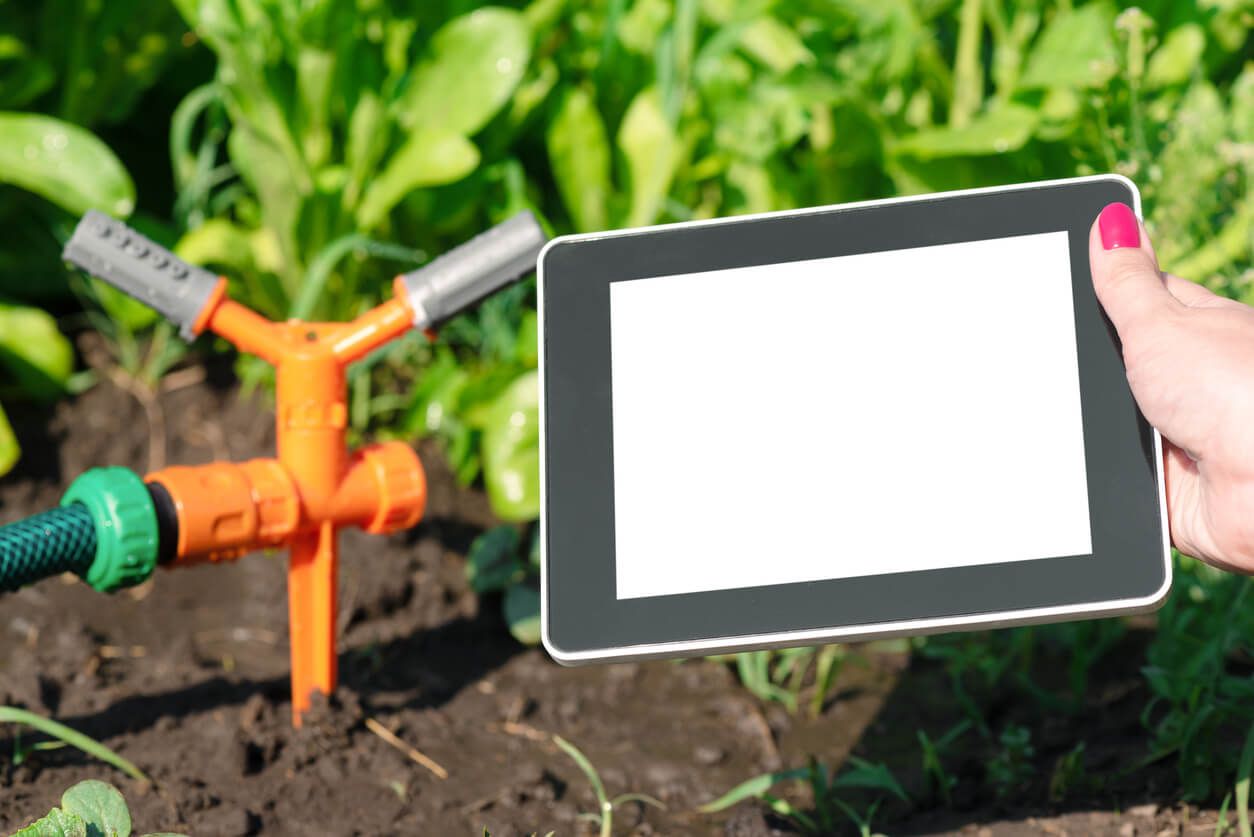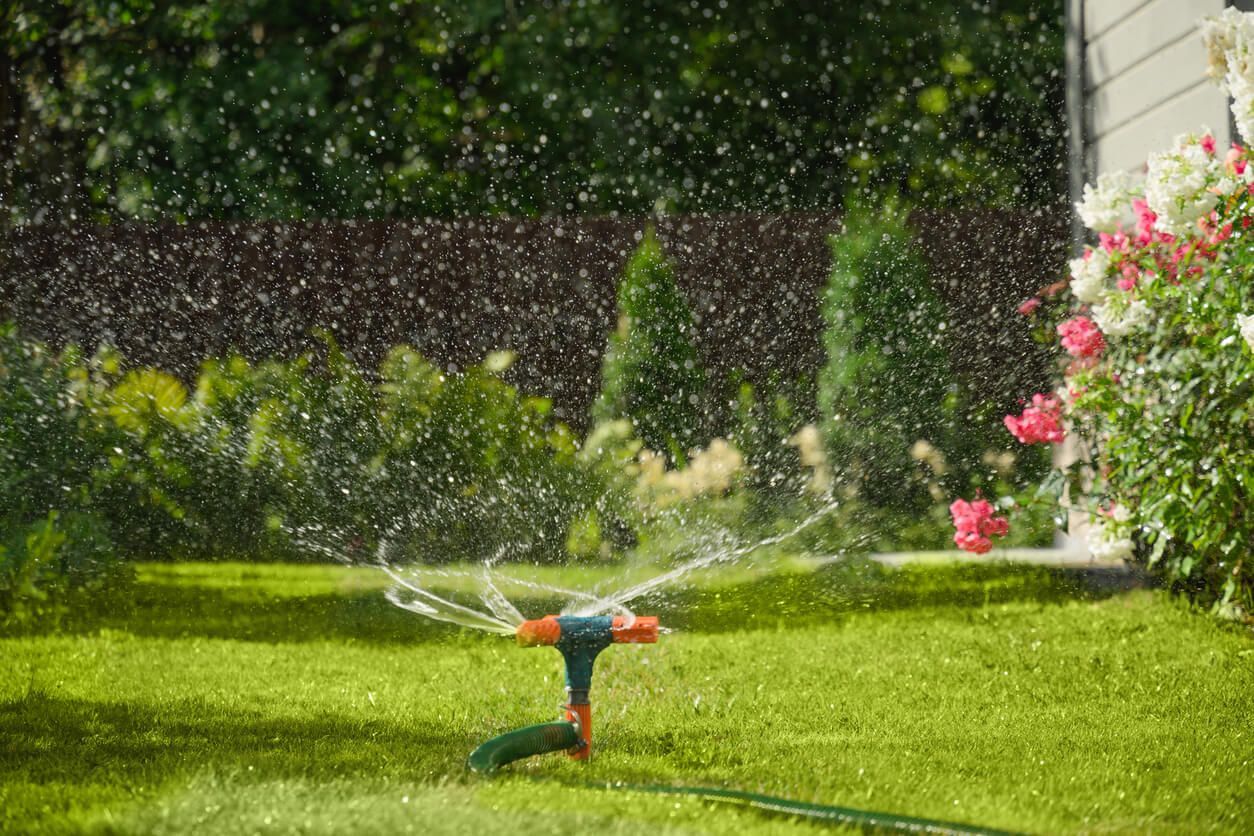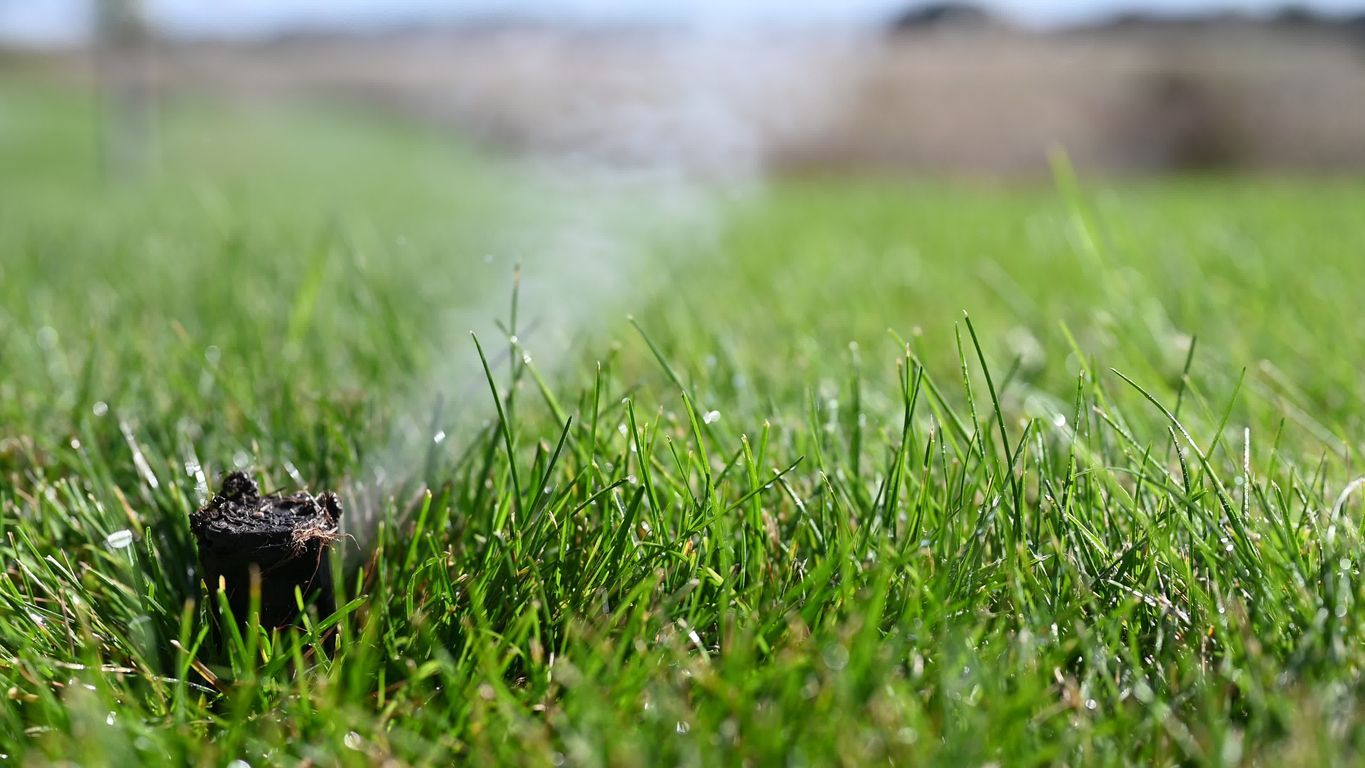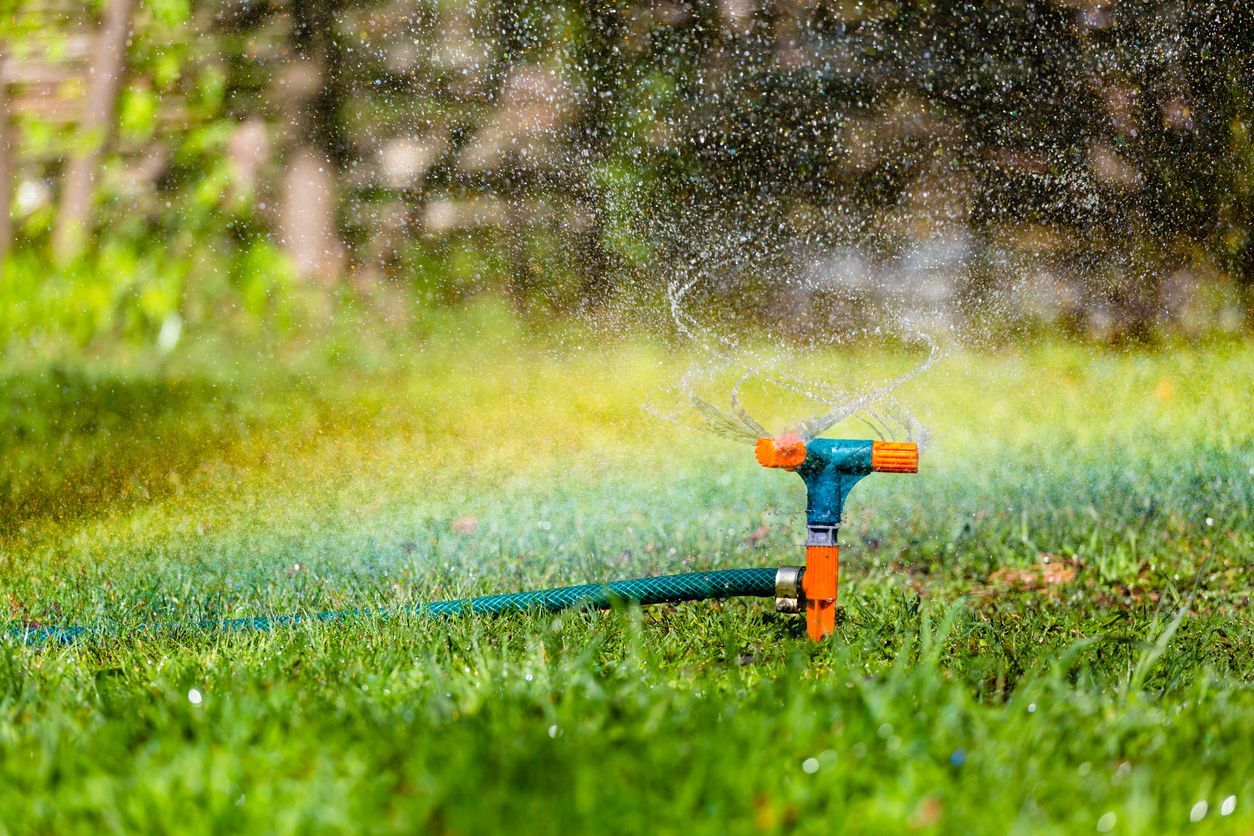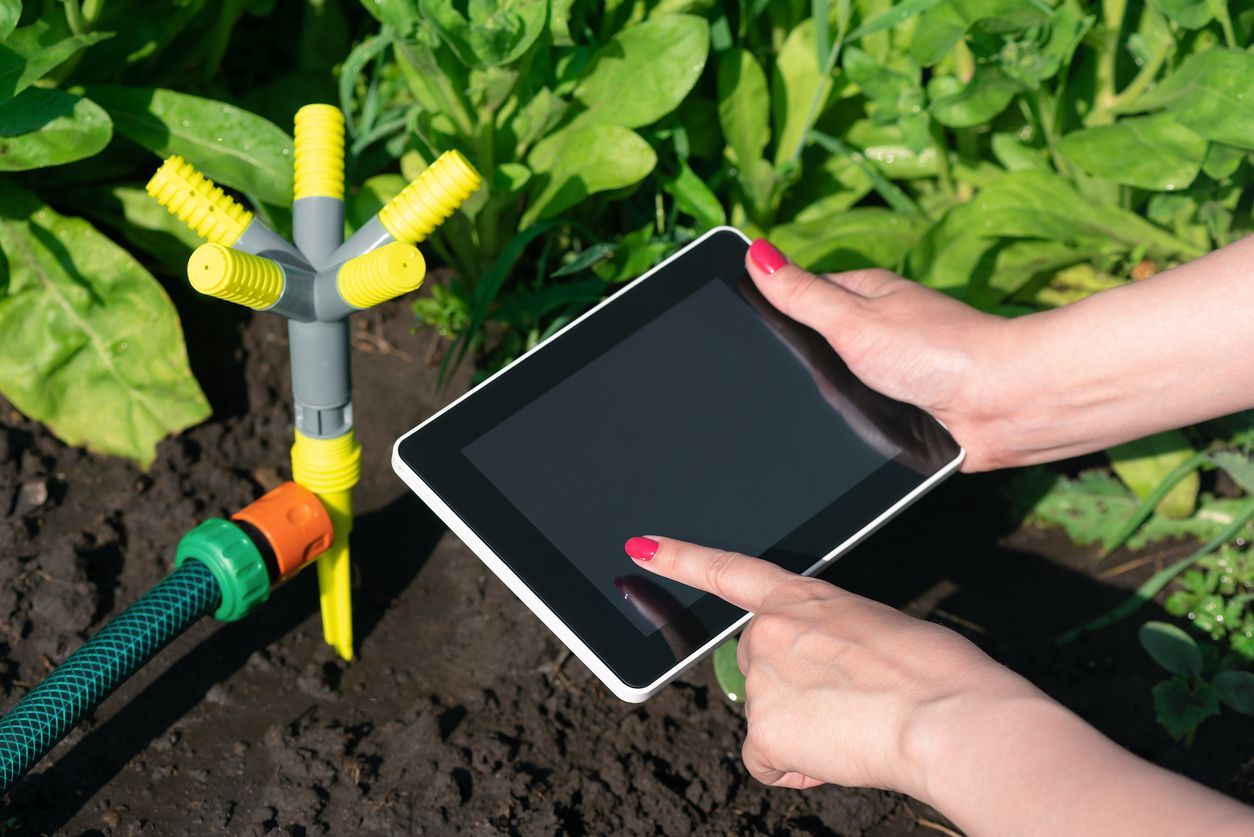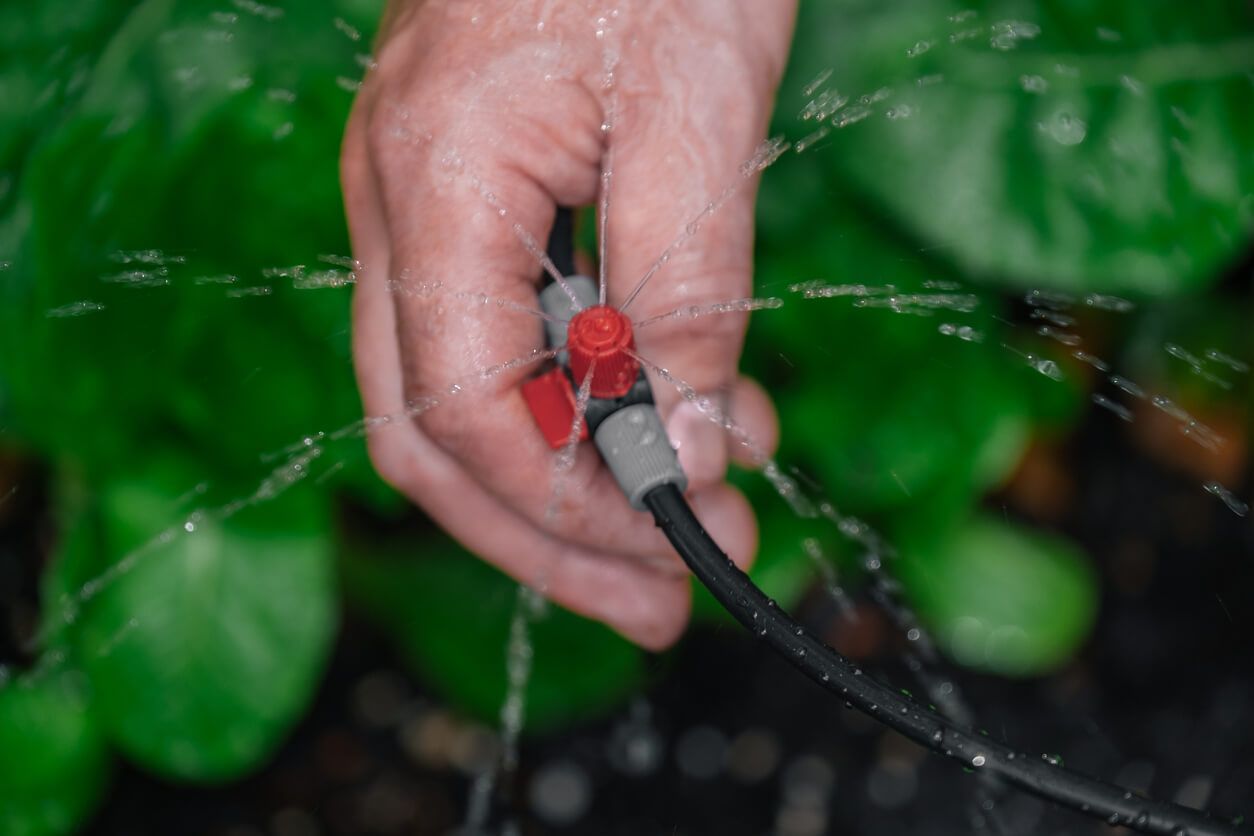6 Signs Your Sprinkler System Needs Repairs Before Winter
As winter approaches, prepare your sprinkler system for colder temperatures to protect your lawn and irrigation setup. Take special care of your sprinkler system before winter so it continues to work well and avoids costly damage. Seasonal changes often reveal common sprinkler system issues that, if neglected, can lead to extensive damage, wasted water, and higher water bills.
If you're looking to establish a perfect lawn or avoid unnecessary expensive repairs down the line from small fixes that could be done right now, learning about these warning signs for needing sprinkler repairs will help. This knowledge will help maintain exceptional irrigation and lawn maintenance year-round.
Why Regular Maintenance for Your Sprinkler System Matters
Sprinkler systems will not operate as efficiently and reliably over time without maintenance. Components like sprinkler heads, valves, and controllers can wear out or become clogged with debris, impacting water flow and coverage and resulting in various irrigation system issues. By addressing these issues promptly, you reduce water waste, lower your bills, and maintain a healthy, well-kept lawn.
Common Sprinkler System Repair Signs to Watch For
Awareness of early warning signals is the key to preventing costly sprinkler repair later. Professional sprinkler repair services can help diagnose and address these signs before they become major problems. Here are the most common issues indicating that your sprinkler system needs servicing:
1. Dry Patches and Inadequate Coverage
Dry patches on your lawn or grass often indicate clogged nozzles, clogged sprinkler heads, or a blocked spray head. These common problems result in inadequate coverage and uneven watering. The culprit could be debris or soil type variations that block the proper spray pattern or water flow. Addressing these promptly with effective lawn sprinkler troubleshooting helps maintain even coverage.
2. Pooling Water and Oversaturation
Spots with pooling water or constant wetness may point to broken pipes, a water pipe leak, or a faulty valve within the valve box—leaking around zone valves or sprinkler heads is a common cause. These issues contribute to soil erosion, wasted water, and jeopardize your landscaping. Always check for water collecting in multiple zones, especially where the ground stays damp long after irrigation cycles.
3. Low or Uneven Water Pressure
Do you notice low pressure or some sprinklers that spray unevenly? Low water pressure can stem from faulty valves, broken pipes, or obstructions in the water supply. If only a few irrigation zones or heads are affected, check the zone valve and piping for leaks or clogs. An imbalance in water pressure leads to uneven distribution, affecting the health of your plants and may require seasonal sprinkler repair.
4. Erratic Spraying and Malfunctioning Sprinklers
A spray head that sprays off-target, fails to pop up, or needs frequent adjustment screw tweaks may be suffering from normal wear, alignment issues, or interference from tree roots. These can disrupt the sprinkler system’s ability to provide even distribution. Sometimes, nearby fire pump or main water supply fluctuations also impact pressure and performance.
5. Leaks, Bubbling, or Geyser-Like Spraying
A visible leak, bubbling in the ground, or a “geyser” effect is often evidence of a broken pipe, loose joint, or broken sprinkler head. These leaks inflate water bills and result in water waste and uneven turf health. Regularly testing your sprinkler system by running each zone can help you catch leaks and abnormal spraying early.
6. Inactive or Stuck Zones
If certain irrigation zones don’t activate or remain “on” despite schedule changes, the issue could be with the electronic controller, a stuck control valve, or issues within the valve box. Diagnosing these components early maintains system integrity and prevents unnecessary wasted water.
How to Inspect Your Sprinkler System Before Winter
Step 1: Examine the Controller and Valves
Start by inspecting the electronic controller and all valves for any visible damage or corrosion. Seal the valve box tightly to keep moisture out and prevent freeze damage during winter.
Step 2: Check Sprinkler Heads for Clogs
Inspect each sprinkler head for mineral buildup or debris that could block water flow. Cleaning clogged sprinkler heads now will help maintain even coverage and consistent water pressure when the system is in use.
Step 3: Inspect Pipes and Drainage
Look for leaks, cracks, or standing water around pipes and the valve box. Drainage is important to avoid letting water sit and freeze in the pipes, so it's important to add a drain valve if the system doesn't already have one.
Step 4: Test Water Flow and Coverage
Run the sprinkler system briefly to observe water flow and spray patterns. This helps identify any areas with inadequate coverage or low water pressure that may need attention before winter.
Step 5: Address Identified Issues
Fix any leaks, replace damaged components, and clear obstructions found during your inspection. These changes will save water and save you money on repairs down the line.
Troubleshooting Common Sprinkler Problems
Addressing common sprinkler system issues quickly—and knowing how to troubleshoot them—helps maintain optimal condition throughout seasons:
Sprinkler Maintenance Checklist:
- Sprinkler Heads and Nozzles. Remove debris and clogged sprinkler heads; check spray head alignment and that each is calibrated for the area’s soil type.
- Water Flow and Pressure. Use a pressure gauge to maintain consistent water flow across all irrigation zones; monitor for drops or surges in water pressure.
- Valve and Valve Box. Open the valve box to check that the zone valves and control valves operate smoothly and do not leak.
- Sprinkler Filters. Clean or replace sprinkler filters as clogged filters restrict water flow and pressure.
- Controller Settings. Test and update your electronic controller or timer, adjusting for seasonal changes in weather and daylight.
- Leak and Coverage Test. Run the sprinkler system to check for leaks, dry patches, and confirm that the spray pattern provides even distribution across all lawn care zones.
Effective troubleshooting and timely repairs can help lower your water bill by preventing water waste.
Fall Sprinkler System Maintenance for a Healthy Lawn
Proper irrigation maintenance each autumn prepares your sprinkler system for winter and encourages a robust, healthy lawn in spring. Here’s an expanded proper maintenance guide:
- Test All Irrigation Zones. Run each station individually to spot inadequate coverage, low water pressure, and pooling water.
- Check for Obstructions. Clear debris from sprinkler heads, clogged nozzles, and filters to prevent future issues.
- Inspect and Tighten Components. Examine connections for leaks and check that all valves operate well. Look around trees and gardens for tree roots affecting pipes.
- Flush and Drain System. Remove excess water to avoid freeze damage. For systems connected to a fire pump or private well, double-check backflow preventers.
- Monitor Water Supply and Pipes. Confirm that the main water supply and all broken pipes or leaks are promptly repaired.
- Adjust Controller for Seasonal Changes. Update your electronic controller with a fall-appropriate irrigation schedule.
- Professional Sprinkler Service. Consider a routine inspection by a sprinkler service or irrigation repair professional.
When to Call for Sprinkler Service or Irrigation Repair
Irrigation systems are complex. Knowing when to call a professional for sprinkler service is crucial. Here are key signs that indicate it's time to schedule a sprinkler service or irrigation repair:
- If you notice multiple leaks or broken pipes, it’s a clear sign that professional repair is needed. These issues can cause significant water waste and damage if left unattended.
- Electrical problems in the control system often require expert diagnosis and repair. Attempting to fix these without proper knowledge can lead to further complications.
- When your sprinkler system underperforms despite regular maintenance, it may indicate underlying issues. A professional can assess and resolve problems that are not easily visible.
Stay Ahead of Winter—Contact Texas Sprinkler Pros!
Regularly check your sprinkler system for repair signs and perform consistent irrigation maintenance to keep your lawn healthy all year. Early identification of issues helps reduce water waste, save money, and maintain even water distribution. For optimal system performance and a vibrant lawn, schedule seasonal check-ups and seek professional advice when needed.
Don’t wait until winter to address your sprinkler system’s issues—trust the local experts at Texas Sprinkler Pros to keep your irrigation system in top shape. With years of experience and a commitment to quality service, our team specializes in diagnosing and repairing all types of sprinkler problems, from leaks and low pressure to faulty controllers and broken pipes.
Your lawn deserves the best protection and care all year round.
Call us to schedule your inspection or repair and enjoy peace of mind knowing your system is ready for whatever the Texas weather brings!

